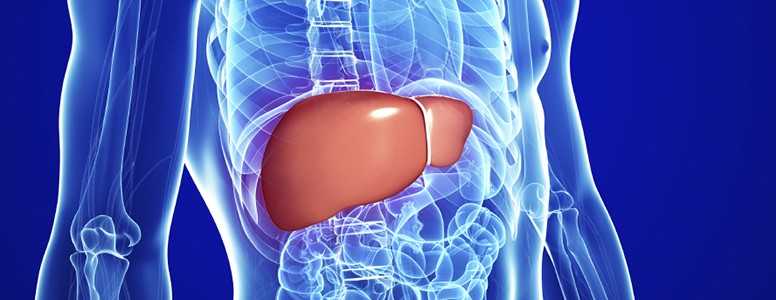The body’s inability to use insulin normally during the development of type 2 diabetes is caused by excess sugar in the liver, according to a study claiming to settle a long-standing scientific dispute.
A controversial debate about whether sugar lies behind type 2 diabetes exists, with some researchers suggesting it has not contributed to a major rise in the condition across the world.
But now a new study published in the Journal of Clinical Investigation is claiming insulin resistance could be caused by a process triggered by excess sugar in the liver.
Researchers from Duke University say this is because of a metabolic process involving a molecular factor known as carbohydrate-responsive element-binding protein, or ChREBP.
The protein is found in several organs and, in the liver, is triggered by excess consumption of a form of sugar called fructose, which is found naturally in fruit and added artificially to a growing number of processed foods and drinks.
Fructose initiates a process that causes the liver to keep making glucose and raising blood glucose levels, even as insulin tries to keep glucose production in check, the researchers discovered.
Lead researcher Dr Mark Herma, Duke University School of Medicine, said: “There is still significant controversy as to whether sugar consumption is a major contributor to the development of diabetes.
“Some investigators contend that commonly consumed amounts of sugar do not contribute to this epidemic. While others are convinced that excessive sugar ingestion is a major cause. This paper reveals a specific mechanism by which consuming fructose in large amounts, such as in soda, can cause problems.”
“For the past several decades, investigators have suggested that there must be a problem in the way the liver senses insulin, and that is why insulin-resistant people make too much glucose.
“We found that no matter how much insulin the pancreas made, it couldn’t override the processes started by this protein, ChREBP, to stimulate glucose production. This would ultimately cause blood sugar and insulin levels to increase, which over time can lead to insulin resistance elsewhere in the body.”
Dr Herman and colleagues studied mice during this four-year investigatio, genetically altering their liver insulin signaling pathways to prevent them from producing glucose.
They found that the mice that ate fructose triggered ChREBP-related processes in the liver produced glucose despite contrary insulin signals.
High-fructose diets can cause multiple metabolic problems in humans and animals such as insulin resistance and fatty liver disease, previous studies have reported.
As people with insulin resistance also have fatty liver disease, researchers have suggested that fructose-induced fatty liver leads causes to insulin resistance and type 2 diabetes.
Benedict Jephcote, Head of Education at Diabetes.co.uk, said: “It’s possible that high fructose consumption is part of the part of the problem. You can reduce your fructose intake by cutting out fruit juices and fizzy drinks, and keeping processed food to a minimum. Eating whole fruit is fine as long as you stick to low-to-moderate amounts of it.”
“Whilst fructose can be part of the problem, it is not the only part and therefore it’s important to ensure you have a good diet all-round.”
If you’re looking to follow a healthy, balanced diet, sign up to our free Low Carb Program.
What's new on the forum? ⭐️
Get our free newsletters
Stay up to date with the latest news, research and breakthroughs.







